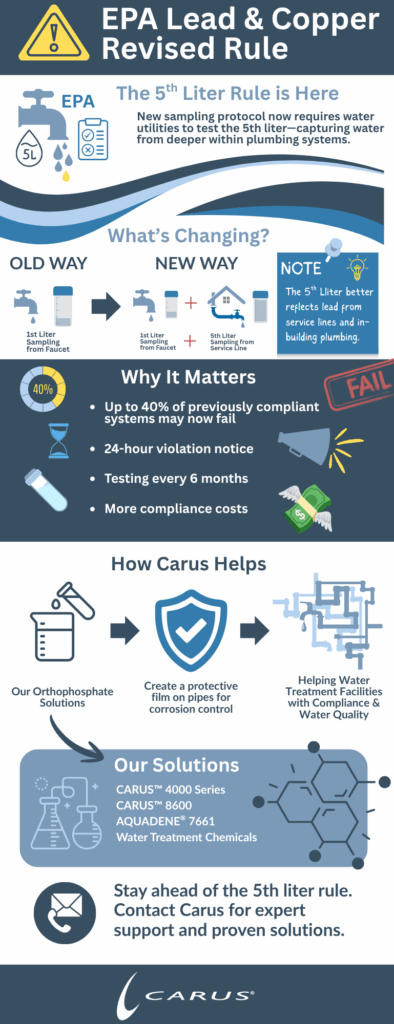Prepare for the 5th Liter Sample
The U.S. Environmental Protection Agency (EPA) has made important updates to the Lead and Copper Rule (LCRR), and one change in particular—the adoption of the 5th liter sampling protocol—is poised to significantly impact how water systems across the country monitor and manage lead levels in drinking water.
Table of Contents
What’s Changing?
Under the revised rule, water systems must collect lead samples from the 5th liter of water, as well as the 1st liter, during compliance testing. This change better captures lead that leaches from service lines and plumbing, especially in systems with long or complex configurations.
In addition, the lead action level has been tightened. While the existing action level remains at 15 parts per billion (ppb), the new “trigger level” is set at 10 ppb. Systems that exceed this level must take more aggressive corrosion control actions and begin planning for potential lead service line replacements.
You can learn more about the LCRR and the 5th liter rule on the EPA’s Lead and Copper Rule page.
Why This Matters
According to EPA estimates, 30% to 40% of water systems that previously passed lead testing may now fail under the revised rule due to the more representative 5th liter sampling. This has significant implications:
- More systems will trigger corrective actions.
- 24-hour public notification of violations may be required.
- Systems may be forced into increased monitoring—testing every 6 months with the full number of compliance samples—until they return to compliance.
These consequences can create additional operational, regulatory, and reputational challenges for water utilities.

Orthophosphates: A Proven Solution for Corrosion Control
Orthophosphate-based inhibitors are one of the most effective and widely used strategies for controlling lead and copper corrosion. Orthophosphates form a protective coating inside pipes, significantly reducing lead and copper’s leaching into drinking water.
Studies and long-term utility success stories support this approach. According to the EPA, “Orthophosphate is an effective corrosion inhibitor used to control lead and copper levels in many drinking water systems” (EPA Corrosion Control Guidance).
Carus Is Here to Help
As water systems prepare for this regulatory shift, now is the time to review your corrosion control strategy—before you’re forced to react to a failed sample or a public notice of violation.
Carus offers a range of solutions specifically designed to help water systems manage lead and copper corrosion effectively:
- CARUS™ 4000 water treatment chemical series – Orthophosphate-based corrosion inhibitors optimized for municipal water treatment.
- CARUS™ 8600 water treatment chemical – A blended phosphate solution with proven performance in reducing lead and copper levels.
- AQUADENE® 7661 blended phosphate– A versatile blend for corrosion control and sequestration applications.
We understand that every system is unique. Our team of water treatment experts can help you evaluate your current program and recommend solutions that help prevent failures, support compliance, and protect your customers.
Be Proactive, Stay Compliant
The revised Lead and Copper Rule is here, and the 5th liter sample is a game-changer. But with the right solutions and support, you can confidently navigate this change.
- Now is the time to evaluate your corrosion control strategy.
- Don’t wait for a failed sample—act now to prevent compliance issues.
- Reach out to Carus for assistance in optimizing your program.
Contact us today to discuss how Carus can help you prepare for the revised rule and protect your water system, customers, and reputation.

